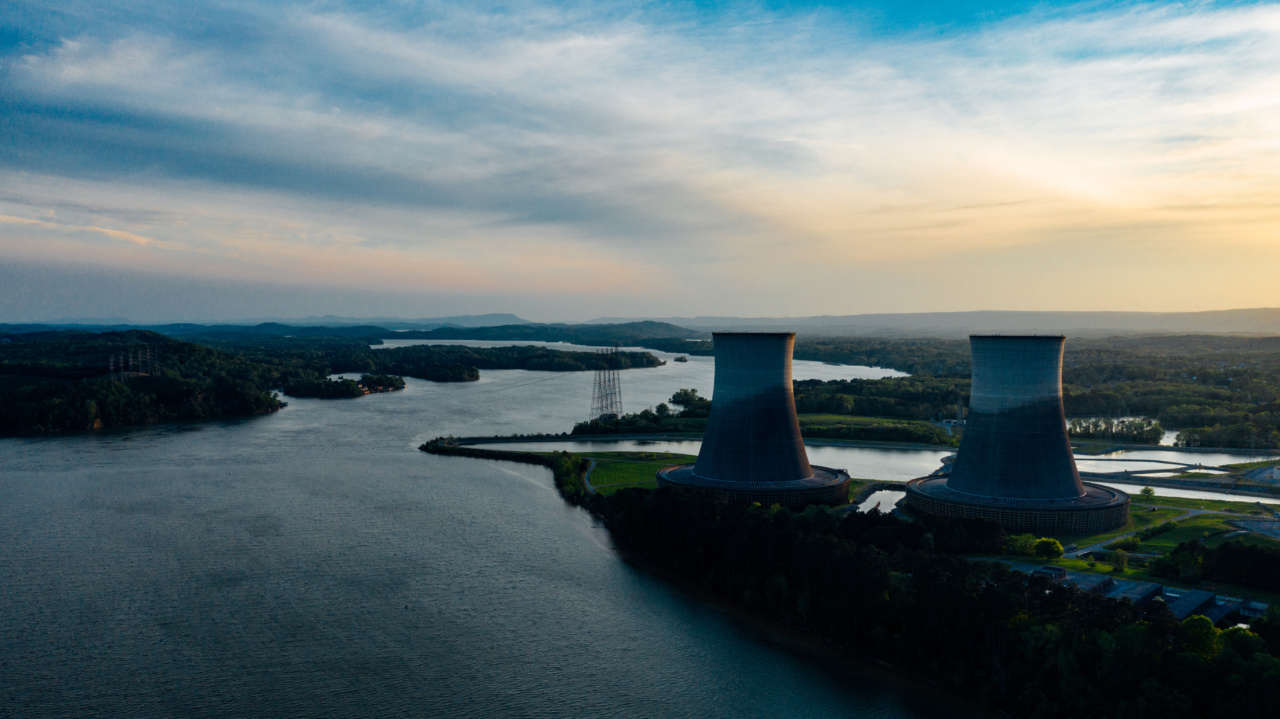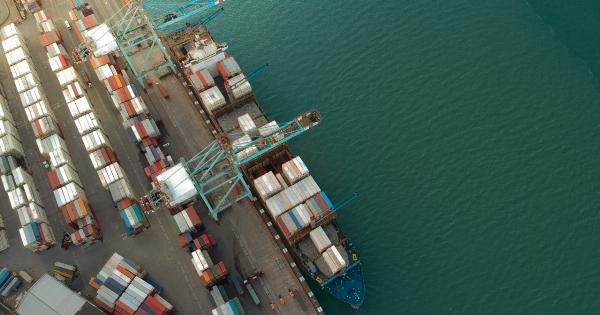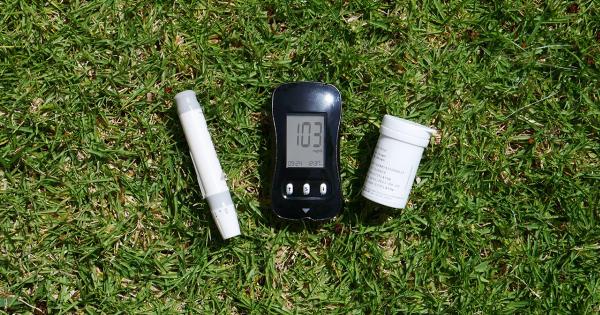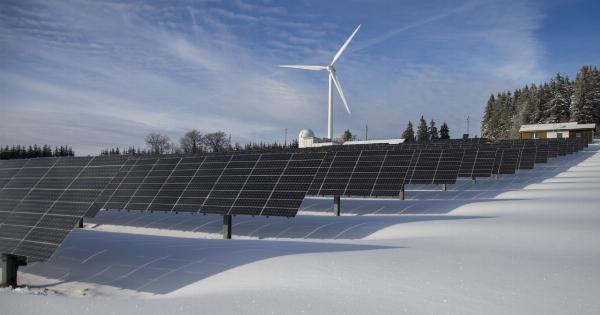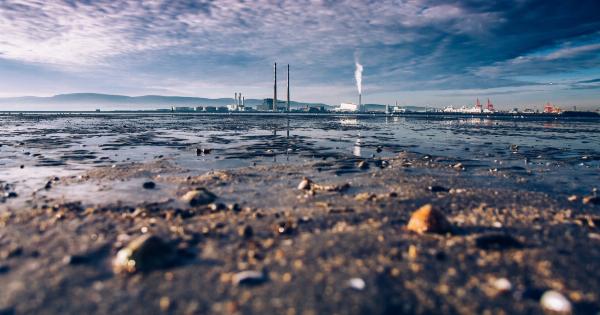Nitrate contamination in water is a growing concern worldwide. Nitrates are chemical compounds that consist of nitrogen and oxygen, and they are naturally present in the environment.
However, excessive levels of nitrates in drinking water can have severe consequences for human health and the environment. In this article, we will delve into the causes, sources, effects, and solutions for nitrate contamination in water.
Causes of Nitrate Contamination
There are several causes of nitrate contamination in water, including:.
Agricultural Activities
Agricultural activities are one of the primary sources of nitrate contamination. Farmers often use fertilizers that contain nitrogen-rich compounds to enhance crop growth.
When these fertilizers are applied excessively or if heavy rainfall occurs, the excess nitrates can seep into the soil and contaminate groundwater or nearby surface water bodies.
Septic Systems
Improperly maintained septic systems can also contribute to nitrate contamination. If septic systems are not working correctly, they can release untreated wastewater into the soil, leading to the leaching of nitrates into nearby water sources.
Industrial Discharges
Industries that produce and use nitrogen-based chemicals may release effluents containing high nitrate concentrations. If these effluents are not treated adequately before discharge, they can contaminate water bodies.
Stormwater Runoff
Stormwater runoff from urban areas can carry nitrates from various sources, such as lawns and gardens treated with fertilizers or pet waste. This runoff eventually reaches natural water bodies and contributes to nitrate contamination.
Sources of Nitrates in Water
The main sources of nitrates in water are:.
Fertilizers
The use of fertilizers in agriculture is a significant contributor to nitrate levels in water. Nitrogen-based fertilizers, such as urea and ammonium nitrate, contain high levels of nitrates.
When these fertilizers are not absorbed by plants completely, they can infiltrate the soil and eventually reach water sources.
Human and Animal Waste
Human and animal waste also contain significant amounts of nitrates. When wastewater or manure enters water bodies without proper treatment, it can introduce nitrates into the environment.
Natural Processes
Nitrates can also occur naturally in water due to processes such as the decay of organic matter and the oxidation of atmospheric nitrogen.
Although these processes contribute to background nitrate levels, human activities have significantly increased nitrate pollution rates.
Health and Environmental Effects
Excessive nitrate levels in drinking water can pose serious health risks, especially for infants and pregnant women.
High nitrate intake can lead to a condition called methemoglobinemia or “blue baby syndrome,” which impairs the ability of blood to carry oxygen. This condition can be life-threatening if not promptly treated.
Elevated nitrate levels in water can also have detrimental effects on the environment.
When nitrates leach into water bodies, they can lead to the excessive growth of algae and other aquatic plants.
This overgrowth, known as eutrophication, can disrupt the balance of aquatic ecosystems, deplete oxygen levels in the water, and harm fish and other organisms.
Solutions for Nitrate Contamination
Addressing nitrate contamination requires a combination of preventive measures and water treatment methods. Some of the effective solutions include:.
Proper Use of Fertilizers
Agricultural practices should promote the judicious use of fertilizers. This involves calculating the exact amount of fertilizers needed for crops to minimize excess use.
Implementing precision agriculture techniques can help reduce nitrate runoff into water sources.
Improved Manure Management
Proper storage and handling of livestock manure can minimize nitrate contamination.
Implementing best management practices, such as using manure as organic fertilizer in appropriate quantities and avoiding overgrazing, can significantly reduce the release of nitrates into the environment.
Septic System Maintenance
Regular inspection and maintenance of septic systems are crucial to preventing nitrate contamination.
Preventive measures, such as frequent pumping and proper disposal of septic waste, can help ensure that septic systems function adequately, minimizing the risk of nitrate leaching.
Water Treatment
Water treatment processes, such as ion exchange, reverse osmosis, and activated carbon filtration, can effectively remove nitrates from drinking water.
Municipal water treatment plants must monitor and treat nitrate levels to ensure the safety of the water supply.
Awareness and Education
Creating awareness among communities about the risks and prevention of nitrate contamination is crucial.
Educating individuals on proper fertilizer use, responsible waste management, and the impact of nitrate pollution can help reduce contamination levels and protect water resources.
Conclusion
Nitrate contamination in water is a significant concern that requires immediate attention.
By understanding the causes, sources, effects, and solutions related to nitrate contamination, we can collectively work towards ensuring the availability of clean and safe water for present and future generations.
